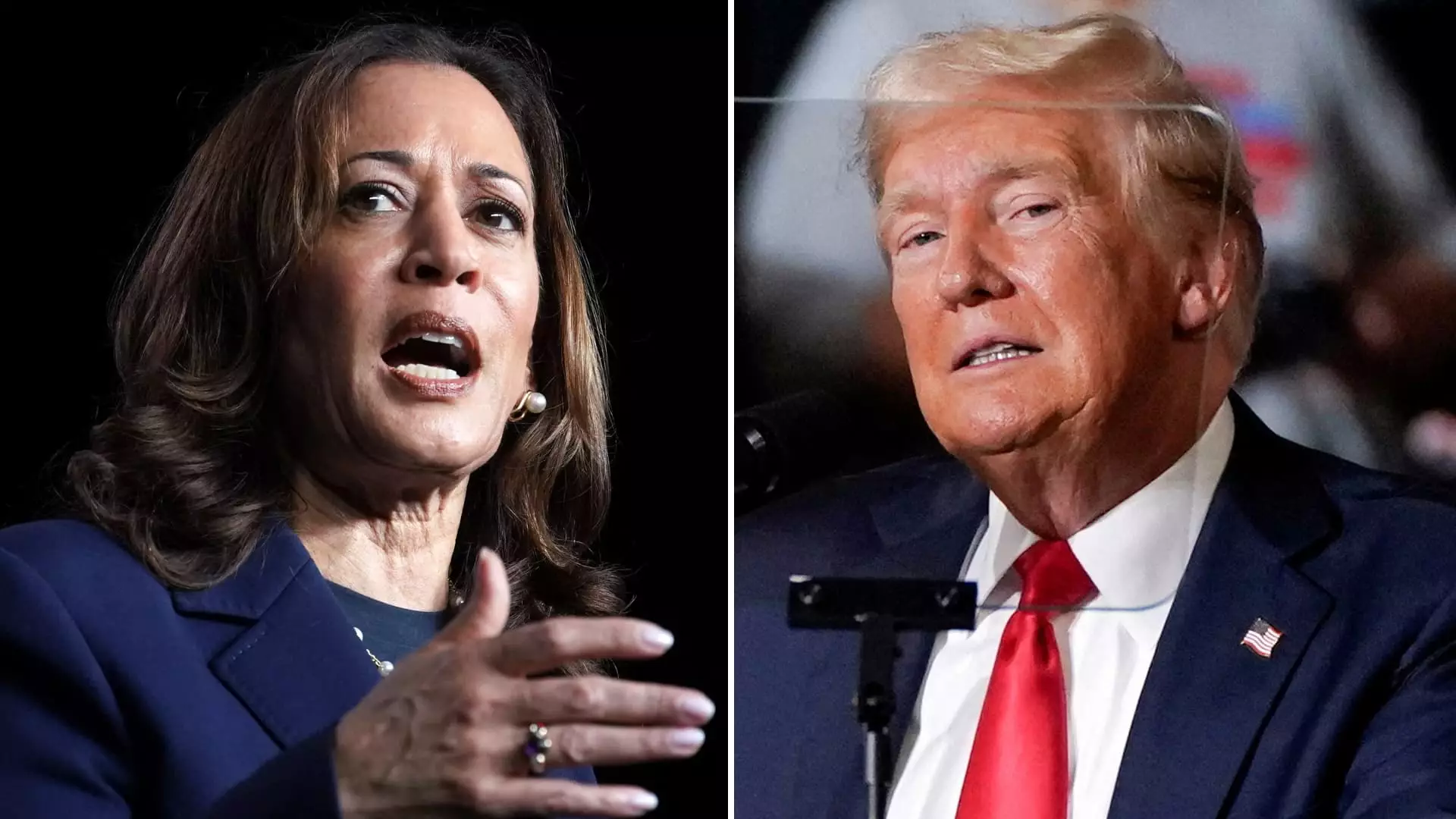In a landscape dominated by hype around artificial intelligence (AI), a prominent figure in the investment world sees significant potential in gold. Jan van Eck, CEO of VanEck, highlights gold as an overlooked asset worthy of attention. During his discourse at the Future Proof conference, he articulated his belief that gold serves as a hedge against political instability, making it a prudent investment choice amidst tumultuous political cycles. Interestingly, gold has been on an impressive trajectory, achieving its 37th record price this year alone. As of the latest market data, gold has soared by a remarkable 28% since the year began, indicating a strong resurgence in interest from investors.
The resurgence in gold prices can be attributed to a combination of factors. With increasing uncertainty in geopolitical landscapes, investors are turning towards tangible assets like gold, which historically retain value during market volatility. Van Eck emphasizes that this trend not only bolsters the price of gold but also extends to gold mining stocks. The VanEck Gold Miners ETF, which initially lagged behind, has recently gained traction, reporting a 31% increase this year. The synergy between gold prices and mining stocks underlines an essential principle: as gold strengthens, the profitability of mining ventures typically follows suit, making a dual investment in both gold and its mining counterparts strategically wise.
While gold shows robust performance, the investment community’s focus remains significantly tilted towards the AI sector, especially in semiconductors. Van Eck acknowledges this fascination with AI, noting that many institutional investors have committed themselves to maintaining a hefty allocation within the semiconductor industry, even amid market fluctuations. The recent launch of the VanEck Fabless Semiconductor ETF exemplifies this ongoing trend. By excluding companies that operate their own foundries, such as Intel, the fund directs investment toward firms like Nvidia, Broadcom, and AMD, which focus on design rather than production. Van Eck raises a compelling point: investing in companies that don’t own foundries could represent a more efficient use of capital, pushing the tech narrative forward without the burden of massive infrastructure costs.
Given the contrasting narratives surrounding gold and AI, investors are faced with a crucial decision. Should they prioritize the stable, historically sound investment in gold, or lean into the high-risk, high-reward world of AI technologies? Van Eck suggests a diversified approach that encompasses both asset classes. While semiconductors and AI will likely remain cornerstones of modern investment strategies, the potential of gold as a safe haven cannot be dismissed. The dual-pronged investment strategy not only mitigates risk but also capitalizes on the unique strengths presented by both markets.
As the financial landscape continues to evolve, staying informed about diverse opportunities is essential. Gold’s impressive performance and the undeniable allure of AI can coexist in a well-rounded investment strategy, allowing for resilience against the unpredictability of political and economic climates.

